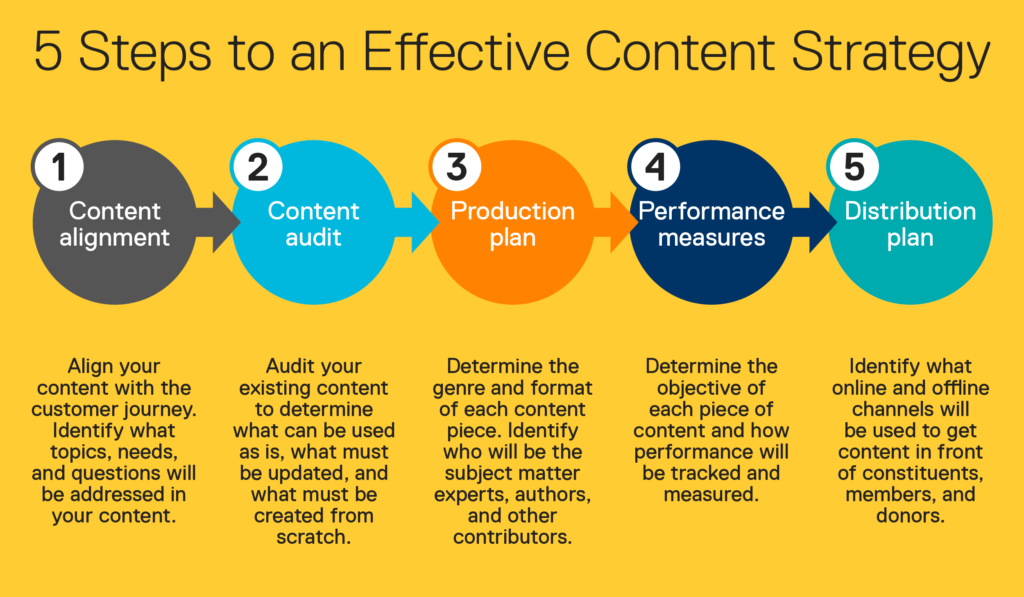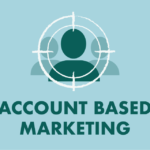Are you aware of what your customers are looking for? Or what issues are they currently facing, and what topics grab their interest? Wouldn’t it be nice if you knew the answers to these? Intent data will give all the answers you need.
With Intent data, you can determine the Search Intent and Buyer Intent of the potential clients in an instance and offer them the perfect solution. This blog will answer all your questions and explain to you the terms, how, and why you should integrate Intent data in your day-to-day business.
What Is Intent Data?
Let’s start from the basics; what exactly is Intent Data?
If we consider “Intent” and “Data” as two separate words, we get a clear picture. Since the term Intent is often mentioned as Search Intent and Buyer Intent, it becomes evident that we’re talking about the client’s intent to search and the client’s intent to purchase. Thus the Intent data includes data combining both the search intent and buyer intent.
In B2B marketing, Intent data shows what potential clients are interested in and what they are looking for. It gathers information about the prospect’s online behavior.
Intent data helps you understand what a potential client is currently thinking about. For example: let’s assume a customer support employee is looking up for ” the top CRM of 2021″ this shows that the company might be looking for a CRM system.
To summarize; Intent data provides you the information on what’s trending in search and how high is the buying intention for a product or service.
Hence, Buyer Intent analyzes the prospect’s inclination to purchase a product or service. So, if a company or a person with higher authority is looking for a CRM tool, the purchase intent is already very high.
As you see, Intent data is pretty cool to know more about your future clients. Intent data unfolds all the customer’s secrets you need to know no matter whether you work in sales, marketing, or customer experience. Intent data opens doors to your future buyers and prospects and a lot more opportunities.
Learn more about Why Is Intent Data The Future Of B2B Marketing?
How Do You Distinguish Buyer Intent?
The first question that comes to mind is: How do you identify the buyer’s intent? Intent data includes both Buyer Intent and Search Intent. But how do you find out a Buyer Intent or Search Intent of a potential prospect?
Here are some indicators that help you identify whether the prospect has a purchase intent or search intent.
Indicators you can find customers’ buyer intent or search intent via your own website, channels, and touchpoints. (First-Party Data)
● They utilize your content: The person knows your business and regularly reads your website news posts, articles, and blogs or follows topics of your expertise.
● They often visit your product pages: This person or company has shown keen interest in your products or solutions and frequently checks for the latest updates. By this, you can clearly tell that they want to know and understand your product better, what you offer, and how it works.
● They often go through your landing pages: These types of visits have various reasons. Maybe a sales executive asked them to go through a specific landing page where all the required information about a particular topic that the customer wants is available. Or the person is going through different pages systematically to get a better understanding of you, your products, services, and your company. It doesn’t matter what reason the visitor is here for. It’s important they were here and that you recognize what they were interested in.
● They visit your profile or comment on your social media posts: Social media platforms such as LinkedIn show who are interested in you, your products, and your services. You can also monitor your visitors on your company profile and page. You can also keep track of likes and comments on your posts.
● They regularly participate in your events and webinars: If someone frequently participates in your events and webinars, this clearly indicates that this person or company wants to understand your products and business better without any obligations. Here the prospect’s trust in your company and the speaker’s competence play a decisive role.
● They have subscribed to your newsletter: The ones with your newsletter subscription are already your clients, competitors, or potential prospects. Ensure your newsletter has a strong impact and is remembered positively. Regularly send out newsletters and cover relevant and trending topics in it. Bonus! with this, you can measure the opens and clicks.
● They rate your product or service on a survey/rating platform: Products and services often receive feedback in the form of ratings when a person is extremely satisfied or unhappy. This shows that the customer or potential prospect has observed the details and gained information. A negative review gives you insights into what further can be improved. At the same time, a positive review is social proof of satisfied customers.
Pro Tip: Monitor how much time visitors are spending on your website and what pages are they visiting, too! This way, you can evaluate what grabs their interest the most.
In addition, some indicators outside your channels show you there’s a potential prospect with a Buyer Intent or Search Intent. (Third-Party Data)
● Inquiries on search engines: For instance, prospects search for topics that you’ve already covered in your blog or are available on your website; this shows a search intent. Sometimes based on their status in the customer journey, it might be a buyer intent.
This individual or company has a pain point and is searching for a solution on the internet. If you understand who is looking for what, you can target these individuals or companies and offer them the solution they are looking for.
● Review platform analysis: Several prospects first compare the offers and tools on a review platform. This provides them insights with minute details on how a product or tool works and what other users think about the same.
One should never underestimate social proof, feedback, and reviews while making a purchase decision. You can also buy this data, and this means you can buy the information on who is comparing your offer with another company and use it for your benefit.
● Prospects visiting competitor’s websites: Prospects that visit your competitor’s websites can also be turned into your clients; how? Maybe they first came across your competitor’s website at the beginning phase of the customer journey.
At this point, you can convince this targeted customer to buy your product. Some companies also sell third-party data, i.e., visitors to competitors’ websites.
The buying behavior of a prospect also shows that there is an intent to buy or search. Therefore, it is worth examining the technical front of a prospect, their upcoming contract extensions, or even funding/budget information.
For example, what software a company uses can reveal how high their budget is for specific teams. You might also look into potential clients who are currently using competitors’ products. Here the purchase is high if you show these prospects the benefits of your product. After this, if the customer is convinced and visits or reads your articles and blogs, he’s definitely having a change of mind!





